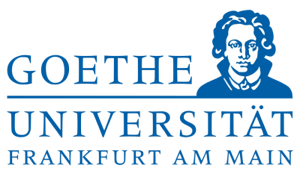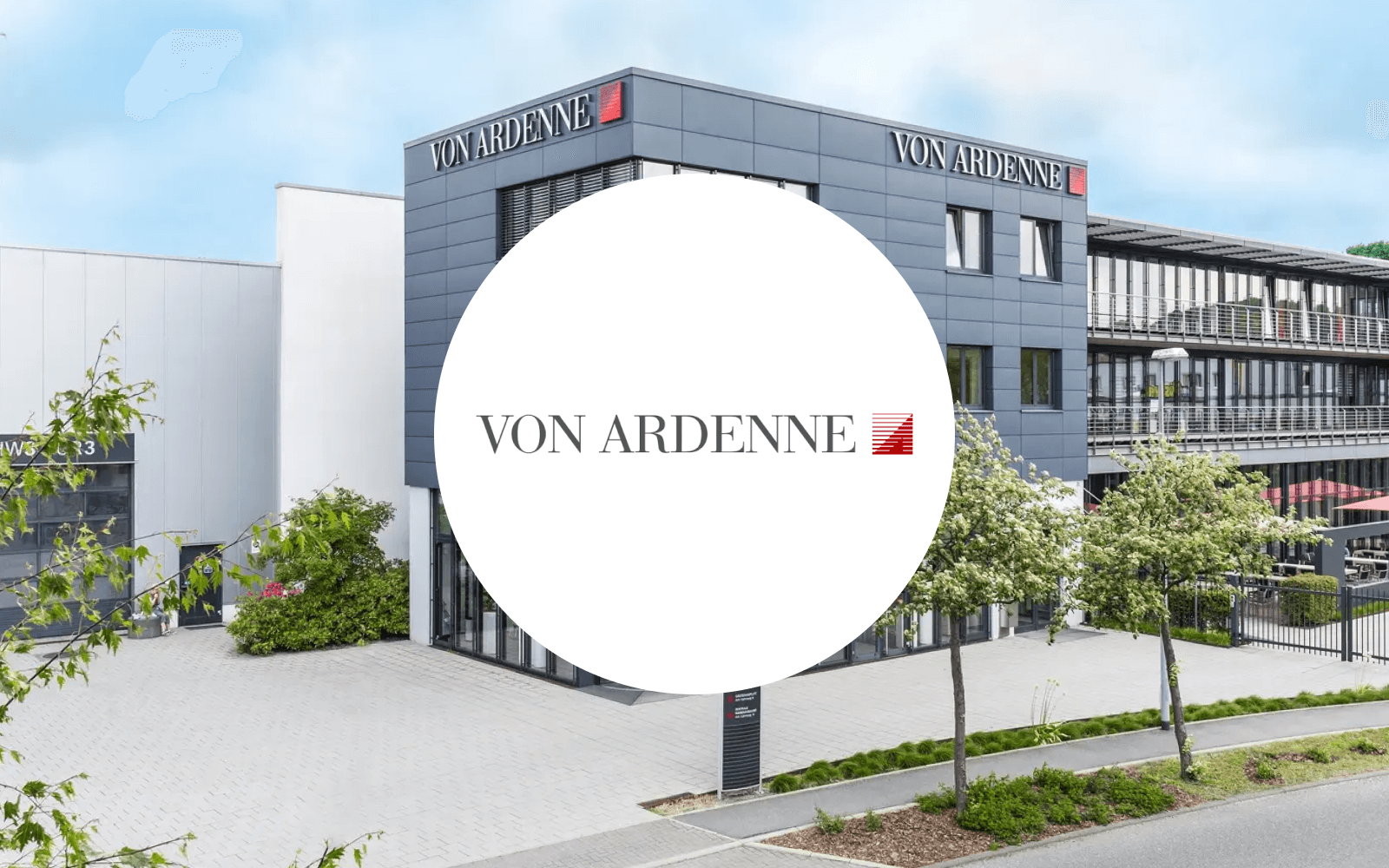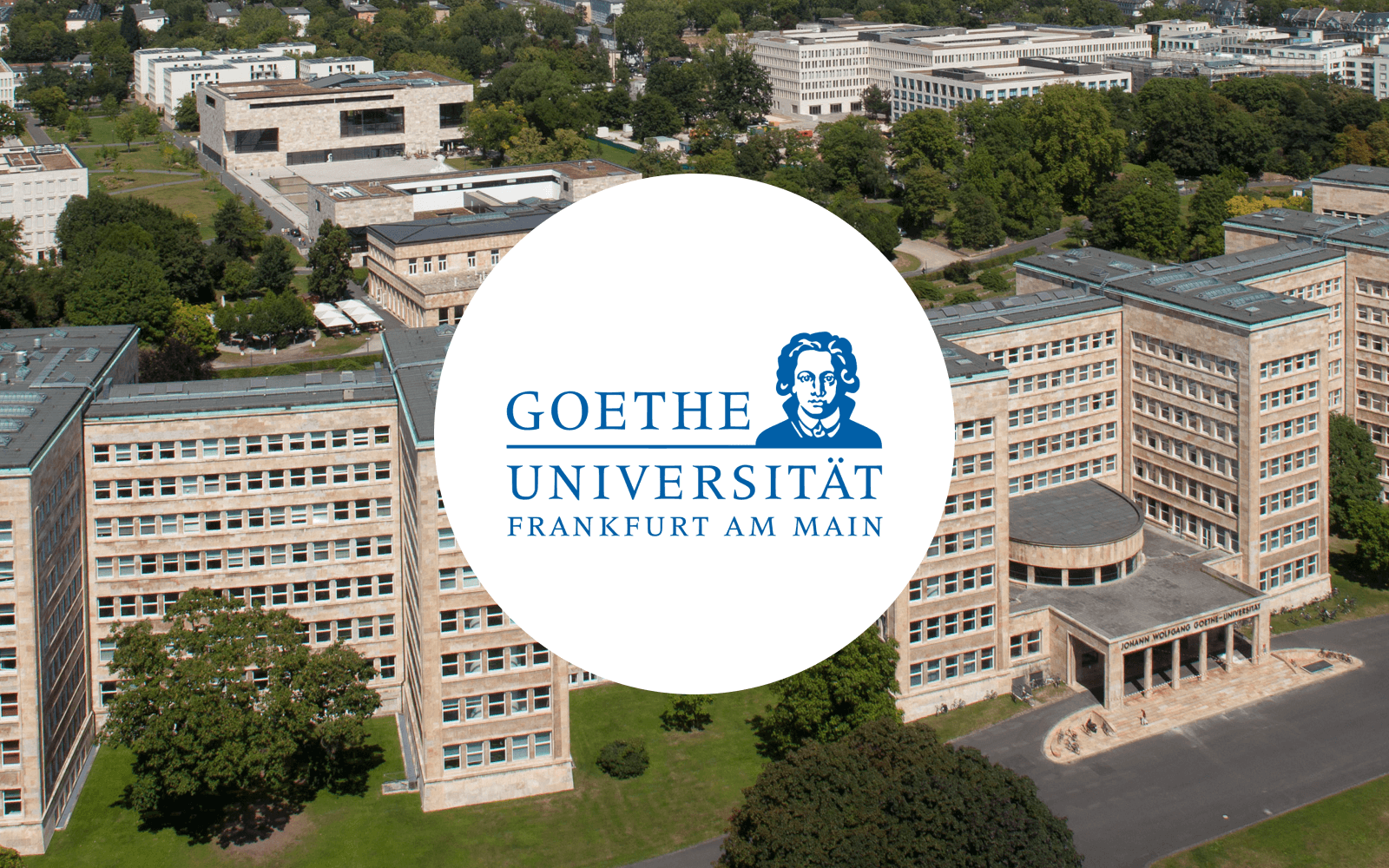i-doit at the HRZ (University Computing Center) of Goethe University Frankfurt

With over 5,000 employees and more than 48,000 students, Goethe University Frankfurt is the fourth-largest university in Germany (as of December 2017). Established in 1914, the university is a public law foundation where more than 500 professors teach and conduct research. Across its 16 faculties, students can choose from over 170 degree programs. These dimensions presented a unique challenge in implementing IT documentation.

Organisation: Goethe University Frankfurt
Founded: 1914
Employees:: over 5.000
Students: over 48.000
Faculties: 16
The Challenge at the University Computing Center (HRZ) of Frankfurt University
The primary documentation challenge was the sheer volume of objects to be documented. From the project's outset, it was clear that there would be both a wide variety of documentation objects (object types) and a large quantity of them. We're talking about 65,000 to 70,000 objects across 5 locations that needed to be managed and properly documented by the University Computing Center (HRZ).
The university's structure is divided into 16 faculties with subordinate institutes and working groups, each of which would be responsible for maintaining their own IT documentation as the project progressed. Beyond the organizational aspects that needed to be resolved, the introduction and creation of additional object types and objects was also anticipated.
Due to the university's IT security policy, IT service management and BSI baseline security added to the overall project requirements. Meeting the requirements of all areas and bringing them together in one project was a major challenge both at the project's start and throughout its course.
THE SOLUTION
The IT documentation challenge was significant due to the sheer volume of objects to be documented. From the project's beginning, it was clear there would be a wide variety of documentation objects (object types). These comprised 65,000 to 70,000 objects across 5 locations that needed to be managed and properly documented by the University Computing Center (HRZ).
The university structure consists of 16 faculties with subordinate institutes and working groups, each of which would need to maintain and be responsible for their own IT documentation as the project progressed. Beyond the organizational aspects that needed to be addressed, the introduction and creation of additional object types and objects was also anticipated.
The university's IT security policy required IT service management and BSI baseline security to be incorporated into the overall project requirements. Meeting all areas' requirements and integrating them into a single project posed a significant challenge both at the start and throughout the project.
THE BENEFITS
The integration of IT documentation with monitoring and HelpDesk systems provides significant value in daily operations. Through connection to multiple monitoring systems (e.g., Icinga2), the current status of IT components is visible directly in the documentation. Integration with the HelpDesk system (OTRS) for incident management and resolution provides constant access to documentation. Now, regardless of which system or perspective is used, there's always a complete overview of the IT landscape.
Whether a service is unavailable or a phone has stopped working: incoming incidents can be verified and addressed by responsible staff immediately upon reporting. In some cases, issues can be worked on before users even notice them. Most importantly, having a comprehensive view of the IT infrastructure is crucial. The IT department can quickly identify where affected components are located or which ones are scheduled for planned replacement.
Power supply information for respective systems is also highly relevant. Previously, information about electrical installations in buildings was either practically nonexistent or inaccessible. Knowing which circuits and fuses IT systems are connected to is extremely helpful, especially for required regular testing of emergency power supplies or troubleshooting after power outages.
THE CONCLUSION
In searching for a suitable CMDB solution / IT documentation for the University Computing Center (HRZ) and its requirements, initial criteria focused on the installation platform and pricing. Since the Computing Center is heavily LINUX and MySQL-oriented, i-doit provided the ideal installation platform.
Open Source Software is always well-received at a university, as a promoter of free research and education. The subscription-based pricing model with annual usage fees was another advantage in the decision-making process. Furthermore, the availability of a standardized interface for mass import of large data volumes was as relevant as the modular extensibility through various add-ons that might be needed later.
Don't search – FIND! With such a large and diverse IT infrastructure, maintaining an overview of all components is essential. Here, i-doit offers the right platform through its modular structure with various add-ons such as Documents, VIVA, Device Exchange, and Maintenance.
The API enables external connections through a standard programming interface, allowing for data queries and imports. Combined with OTRS – HelpDesk and various monitoring systems, it creates the ideal combination for system administration and service desk to actively participate in and utilize CMDB information.



